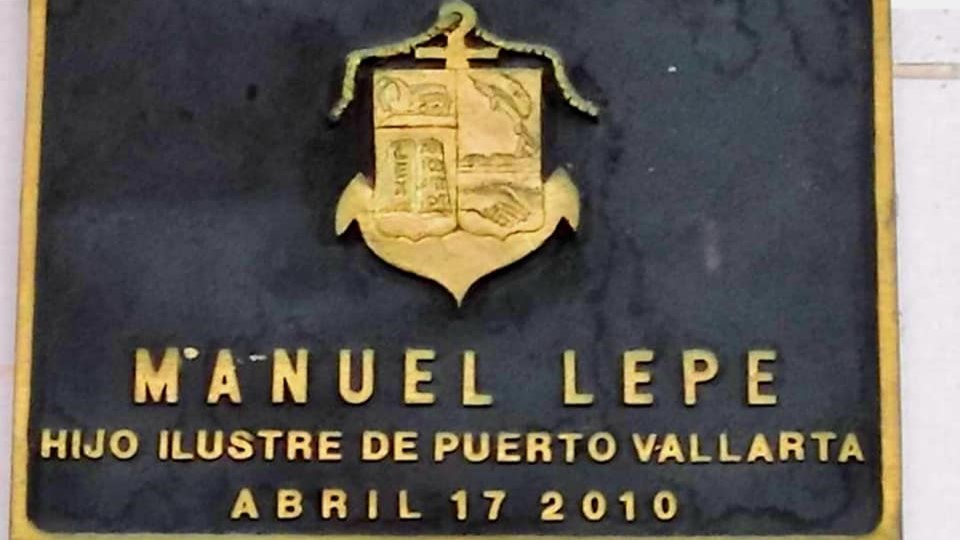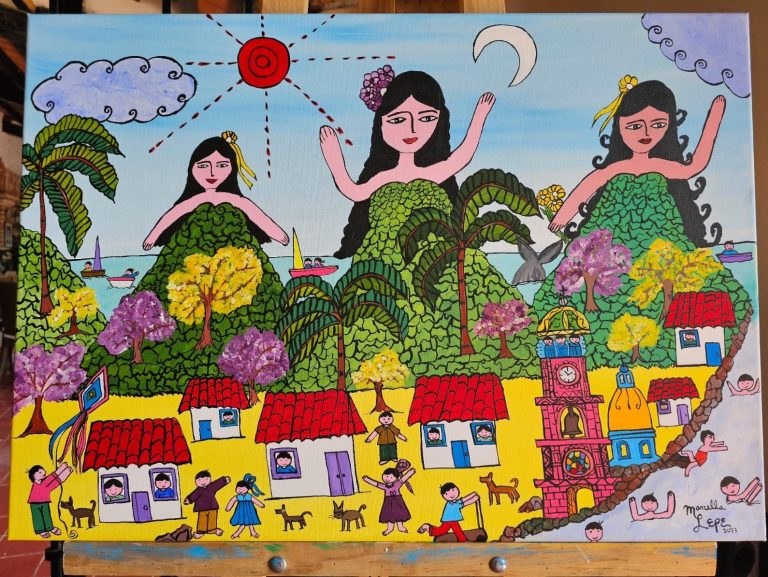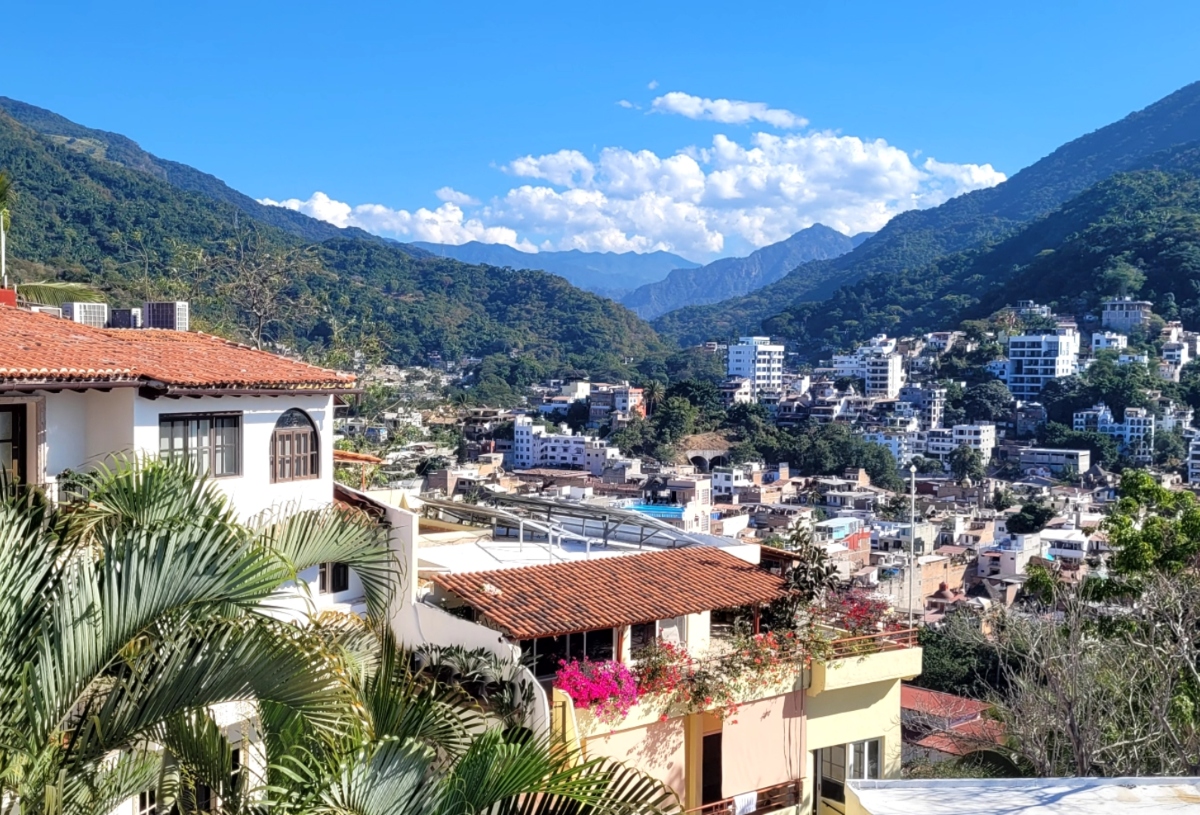
Naive painter Manuel Lepe immortalized the spirit of Puerto Vallarta

By Danna Sabido
August 31, 2023
A renowned artist was born in a Puerto Vallarta neighborhood near the coast. His works, which have since toured the world, depict brilliant hues and deeply ingrained traditions. Manuel Lepe, born April 17, 1936, made history in the scenic Mexican port by becoming an ambassador for naive art.
The Enchanted Childhood of Manuel Lepe in Vallarta
Manuel Lepe, affectionately known as “Lepe,” was intrinsically connected to the essence of Puerto Vallarta from his very childhood. In the 1940s, this place was a naive paradise unaware of its future in tourism. Vallarta at that time formed a close-knit family, a strong and supportive society. It was within this environment that Manuel Lepe assimilated its traditions, games, forms, and colors. He then translated them into a magical radiance with every brushstroke.

The Triumph of a Self-Taught Brush in Naïve Art
Lepe managed to stand out in the world of art thanks to his honesty and his mastery of color. He did not have any formal art education beyond his early years of primary school, though. However, this lack of academic training did not hinder his passion for painting. Canvas after canvas, painting after painting, Lepe gifted Puerto Vallarta the treasure he had received during his childhood
.
The Enduring Legacy of Manuel Lepe in Puerto Vallarta
Lepe’s works left a profound impact on Mexican art history. President Luis Echeverría Álvarez called him “The Painter of Mexico.” Professor Carlos Munguía Fregoso named him “The Painter of Vallarta.” The words of John Huston and Peter O’Toole testified to Lepe’s ability to touch people’s hearts with his art full of innocence and joy.
The authenticity of the naïve spirit lies in the way these artists perceive life and emotions. The meticulously painted details are more than mere embellishments. They are glimpses of life that pulsate and flow through their works.

Lepe’s art did not limit itself to Puerto Vallarta. Rather, it conquered the international naïve art scene. His works were included in the French Directory of “Painters of this Century.” Such achievement marked his prominence in the global artistic community. Throughout his career, Lepe presented more than forty exhibitions. Some of them attracted over a million visitors. The one held at the Museum of Art and Science in Los Angeles in 1979 is a clear example.
You may also like: Hotel Rosita: A Historic Gem at the Heart of Puerto Vallarta
Manuel Lepe, Puerto Vallarta’s Illustrious Son
The recognition of Manuel Lepe as the “Illustrious Son of Vallarta” by the Honorable City Council in 2010 reflected his profound impact on the city he loved so much. His name was inscribed in the list of distinguished men of Puerto Vallarta in the Encyclopedia of the Municipalities of Mexico. Through his art, he took the essence of his home to the entire world, leaving a legacy of joy, color, and passion.
His works often feature angels and children, capturing the innocence and joy that define his beloved city. In Lepe’s own words: “I paint angels because Puerto Vallarta is a paradise, I paint children because they just want to play and be happy.” He left an artistic legacy that not only captured the essence of Puerto Vallarta but also left an indelible mark on the history of naïve art. Through his sincere vision and his connection with the city he loved, Lepe reminded us of the simple yet profound beauty of everyday life.
Undoubtedly, his innate talent, naïve style, and love for his hometown intertwined in each artwork, creating a legacy that lives on in the hearts of those who value the beauty of simplicity and the joy of everyday life. His ability to paint dreams and make them tangible on every canvas makes him a true ambassador of art, color, and magic.
In the City Hall, you’ll find a mural he designed, as well as the much-photographed “maxiletras” of Puerto Vallarta on the Malecón, which were inspired by his paintings. Likewise, a stained glass window in front of the Plaza de Armas and a tile on the Malecón behind the Naval Museum, as well as allegories painted by his daughter Marcela on the pillars of the bridge over the Cuale River, are all inspired by his artwork.
------ADVERTISEMENT------
------ADVERTISEMENT------
------ADVERTISEMENT------
------ADVERTISEMENT------


